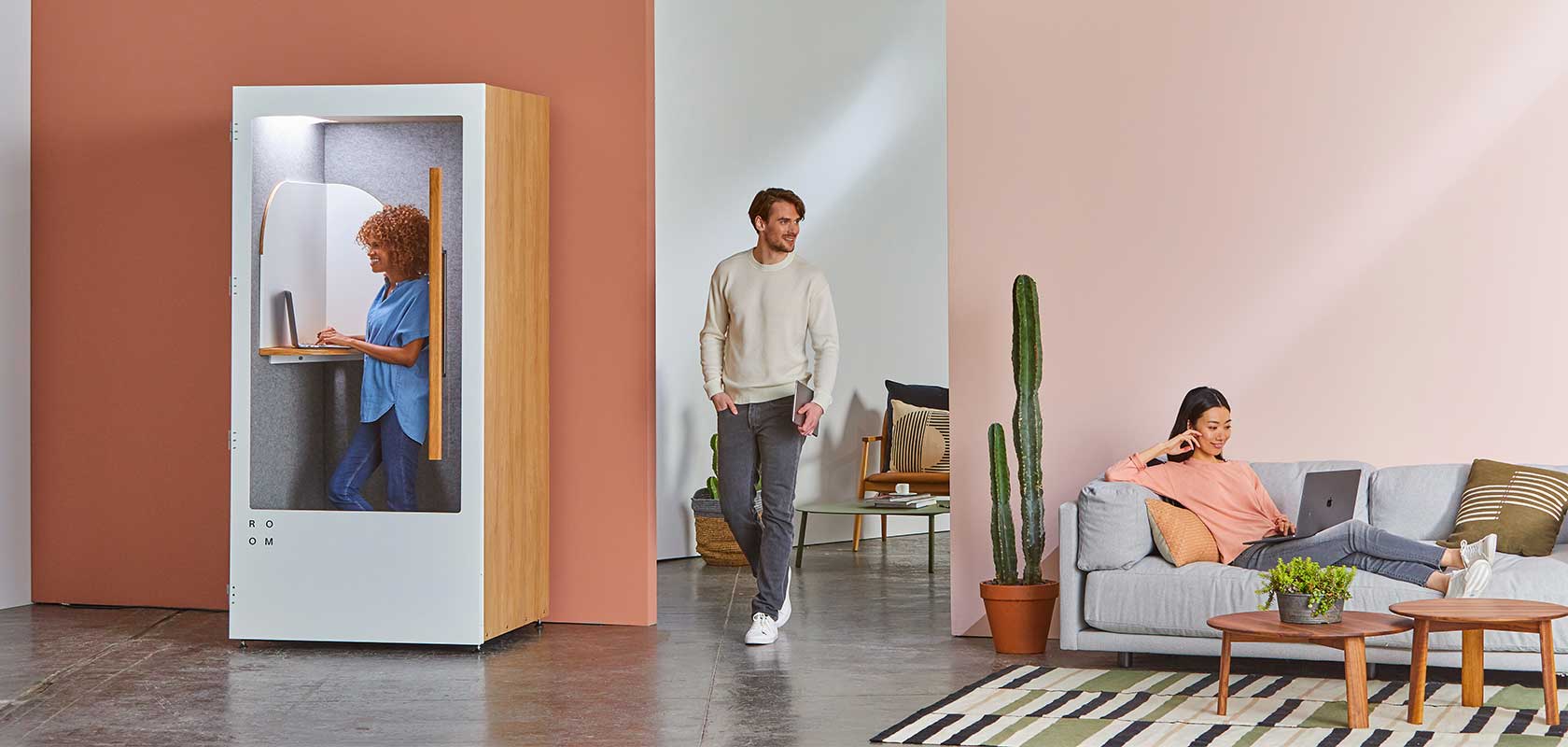
No one wants to be at odds with their co-workers, but something as benign as repetitive meeting room scheduling conflicts can easily spark workplace disruptions and organizational productivity loss. In-order to avoid such meeting room conflicts, here are some useful tips to help you avoid them in the first place.
Implement a meeting room scheduling system to counteract the most common meeting room conflicts. Such a scheduling system can integrate with email and calendar applications for seamless meeting administration.
Every meeting room is represented in the scheduling system. People are invited to meetings through their integrated calendar and email system. Meeting prompts help get people to meetings on time. All resource conflicts are highlighted prior to the meetings. With such an efficient meeting room system in place, your entire organization can be more productive by avoiding workplace chaos associated with limited meeting room availability.
Let people know what the policy is on meeting room booking and use. Establishing and communicating the policy gives people the chance to follow it. So much workplace conflict arises because of misunderstandings about the rules.
Make sure people know their obligations to cancel meetings in the scheduling system to free up meeting rooms. Make it clear that booking a large meeting room as a personal workspace is not appropriate. Everybody should share responsibility for making the best use of meeting rooms.
Meeting room conflicts often arise because of misuse of rooms. A private chat is not necessarily worthy of a meeting room being booked. However, smaller private spaces do have to be available for such needs. This is more a matter of office planning rather than meeting room scheduling.
There are ways that private spaces can be created in an open plan office space. Be creative about screens, plants and comfortable seating in out of the way corners. Encourage their use for one-to-one chats or small team huddles.

Having glass-fronted meeting rooms promotes a sense of accountability for room use. When you can't hide away in a room it's harder to monopolize its use. The result is less conflict.
When it's obvious that a room is in use, it's less likely that the meeting will be interrupted. Meetings end promptly because the next meeting attendees are seen to be gathering outside the room. For this same reason, meetings also start promptly.
Setting standards and expectations for all aspects of organizational life starts with good onboarding policies.
Expectations about meeting room behavior and systems should be featured in all on-boarding documents. Also, always train new people in the systems and apps they should use to arrange and attend meetings. Explain to them your expectations about meeting behavior including being prompt, meeting room courtesy and the shared responsibility for making the most of this valuable resource.
Most organizations know that their key assets sometimes come in the form of good tools that ensure efficient and clear communications. This is often an area of continuous improvement for most businesses. Meeting room scheduling software can be such an aid to good communication that it's worth investing time and money in getting it right.
Learn more about how to make meetings more effective with Meetio's solutions below.
These Stories on Room booking system
Meetio AB/Logitech Nordics AB
Hamngatan 4
211 22, Malmö
Sweden
Magnus Ladulåsgatan 3
SE-118 65 Stockholm
Sweden
Sweden: +46-(0)10-101 95 60
No comments yet
Let us know what you think!